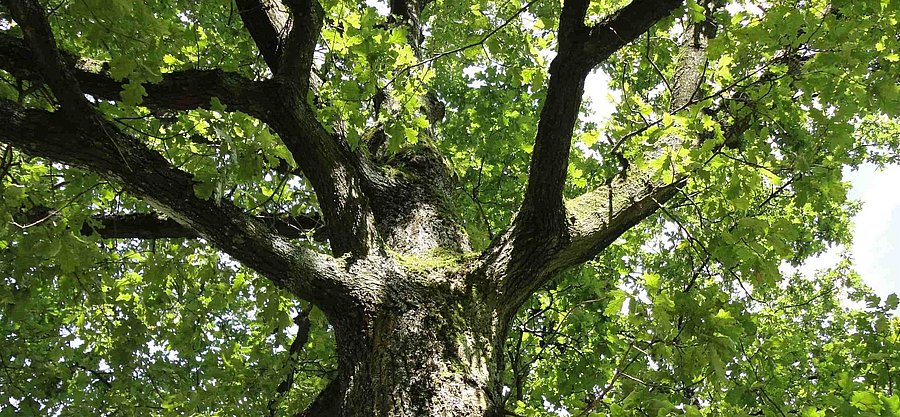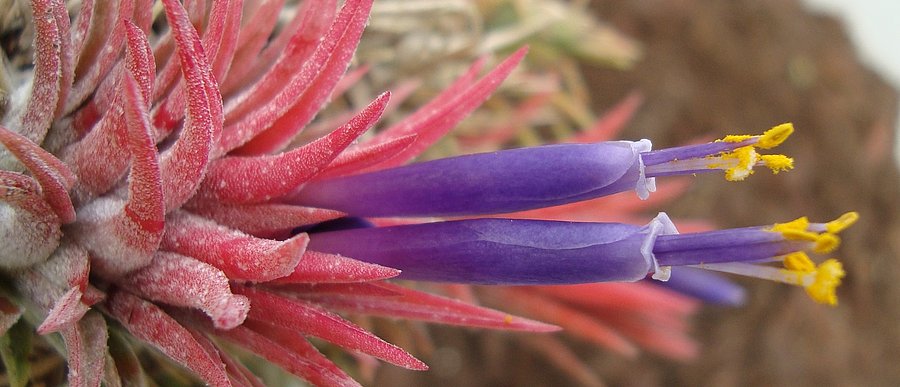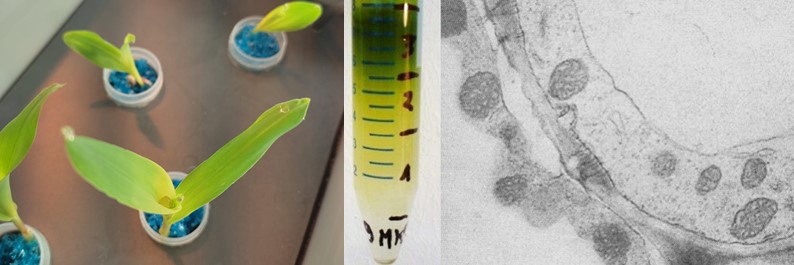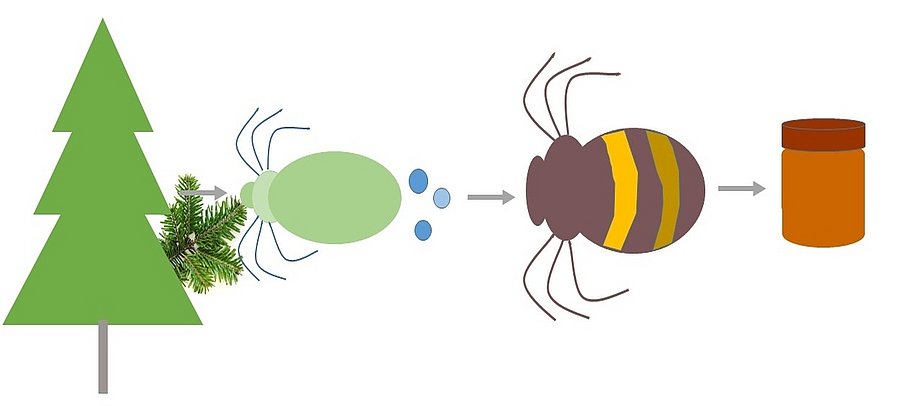Current research focuses of our working group
1. Phloem loading in plants, especially trees
2. Regulation of nectar composition
3. Influence of metal-based compounds on plant metabolism
4. Authentication of honeydew honeys (forest honeys)
The results published to date on the projects listed can be found under Publications
1. Sugar metabolism and phloem loading in trees

The phloem is responsible for the transport and distribution of assimilates, such as sucrose, in plants. Many research results are based on studies of herbaceous plant species, whereas little is known about the assimilates transported in the phloem of trees. The possible mechanisms of phloem loading (apoplastic, symplastic, active, passive) in woody plants have also hardly been investigated. Therefore, we analyse different deciduous tree species (e.g. Quercus robur, Fagus sylvatica, Fraxinus excelsior) and gymnosperms (e.g. Picea abies, Pinus sylvestris, Ginkgo biloba) with regard to sugar metabolism, substances transported in the phloem, phloem loading mechanisms, etc. The tree species are analysed on the following levels:
- Determination of the possible concentration gradients for sugars between the cytosol of the mesophyll cells and the phloem sap (using the non-aqueous fractionation, laser aphid technique, etc.).
- Expression and functional analyses of the transporters involved, in particular the sucrose transporters
- Influence of various environmental conditions (including drought stress) on the transporters and sugar metabolism
- Influence of familial affiliation and evolutionary aspects
In our small series on botanical research topics in poem form, "Phloem transport in trees" is about Advent ("Christmas is just around the corner.")
2. Regulation of the nectar composition - The recipe of temptation

Many flowers are "simply beautiful". They are colourful, they are fragrant, they have a wide variety of shapes and many plant species invest heavily in their flowers. The evolutionary success of flowering plants is generally attributed to their diverse mutualistic relationships with pollinators. Plant species and their respective pollinators are often very strongly adapted to each other, with flower nectar playing the most important role in attracting pollinators.
The composition of floral nectar is, on the one hand, a species trait, but it can also be influenced by various factors. The various ecological, physiological, co-evolutionary and phylogenetic factors that influence nectar composition are analysed, particularly within the Bromeliaceae family and the Nicotiana genus. Furthermore, the origin of nectar components will be investigated using biochemical and molecular biological analyses of nectaries. This project is funded by Deutsche Forschungsgemeinschaft (DFG).
In our short series on botanical research topics in poem form, "Regulation of nectar composition" is all about spring.
3. Influence of metal-based compounds on plant metabolism

Metal-based compounds play an ambivalent role. On the one hand, they are considered environmental contaminants with unclear effects; on the other hand, they are active substances that enable the targeted and selective interaction with cellular structures. These compounds have a variety of effects on living cells, including a high affinity for organelles such as mitochondria and chloroplasts. These organelles are involved not only in energy metabolism, but also in many other vital metabolic processes. Therefore, metal-based compounds impact not only individual cells, but also entire organisms and ecosystems. However, the cellular interactions and regulation of these processes are still poorly understood.
As part of a joint project with various working groups in the Chemistry and Biology Division, our working group is investigating the behaviour of selected organo- and inorganic metal compounds in living cells at different organisational levels, with a focus on plant metabolism.
In our short series on botanical research topics in poem form, this time the topic is "Heavy metal and its influence on plants".
4. Variety identification for forest honeys

The botanical origin of blossom honey can be determined using a microscopic analysis of pollen. However, this method cannot be used for honeydew honey, which is also known as forest, spruce or fir honey. Honeydew honey is one of the most sought-after types of honey in Germany thanks to its spicy, malty flavour. Honeydew is the sugary faeces of insects that feed on plants. Bees use honeydew to produce honey. In this context, lime honey is special, as it can be either blossom or honeydew honey, or a mixture of both.
To provide an alternative to pollen analysis, specific marker substances (e.g. sugars, organic acids and amino acids) or metabolite patterns are sought at various levels to enable the differentiation of honeydew honeys of different botanical, zoological and geographical origin. Chemical analytical methods can authenticate varietal honeys and provide a reliable basis for declaring honeydew honeys.
